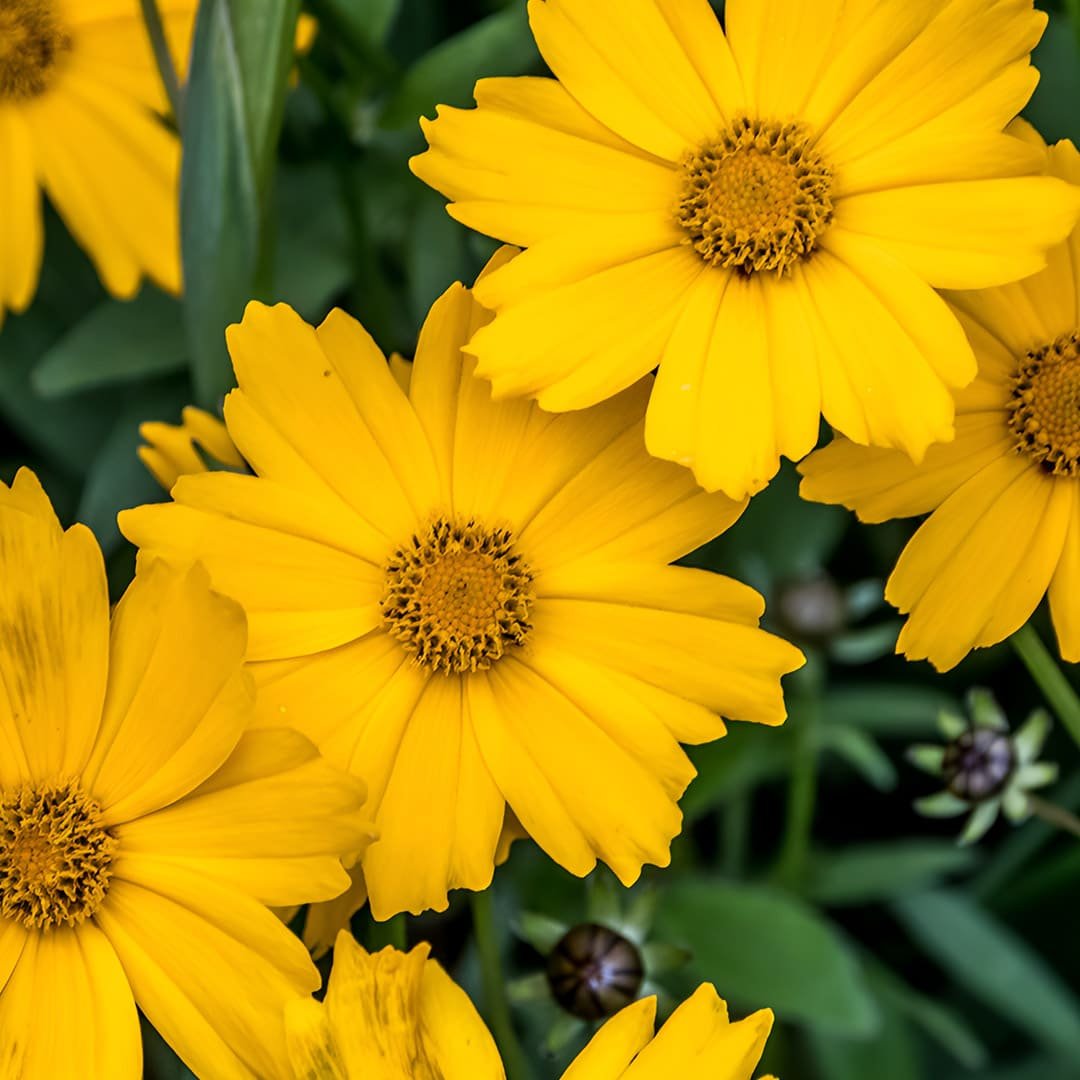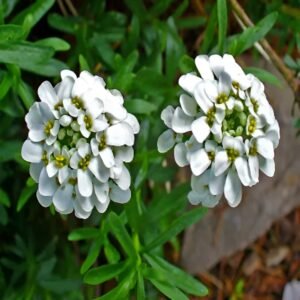Coreopsis seeds
Original price was: ₹85.00.₹39.00Current price is: ₹39.00.
Product information
- Number of Creamy White Coreopsis Flower Seeds: 50 Seeds
- Where to grow: Balcony or terrace garden
- Best Sowing Season: Winter Season
- Sowing method: Direct or Seedling
- Germination temperature: 12-25°C
- Germination time: 7-10 days
- Flower Colour: Creamy White
- Blooming time: Spring, summer, and fall (within 2 months from planting)
Product Description
The Coreopsis flower, also known as tickseed, is a cheerful and versatile plant admired for its bright and abundant blooms. Resembling small sunflowers, its daisy-like flowers range in color from vibrant yellows and oranges to soft pinks and whites. This North American native thrives in sunny, well-drained gardens and meadows, attracting butterflies and bees with its nectar-rich blooms. Easy to grow and low-maintenance, Coreopsis adds bursts of color from early summer through fall, making it a popular choice for borders, containers, and wildflower gardens alike.
Product information
- Number of Creamy White Coreopsis Flower Seeds: 50 Seeds
- Where to grow: Balcony or terrace garden
- Best Sowing Season: Winter Season
- Sowing method: Direct or Seedling
- Germination temperature: 12-25°C
- Germination time: 7-10 days
- Flower Colour: Creamy White
- Blooming time: Spring, summer, and fall (within 2 months from planting)
Coreopsis Flowers Plant Care Tips
Soil: Use well-drained, organic-rich soil for planting calendula Officinalis. Do not plant calendula in wet soil as this can lead to root rot.
Water: Coreopsis requires water in its early stages and needs occasional watering as it matures. Do not over-water, water only when the soil is dry.
Sunlight: Coreopsis prefers full sunlight but needs some afternoon shade in the hottest month of summer.
Temperature: Pot marigolds or calendula thrive in mild summer temperatures and may droop or not grow well in very high temperatures as well as extremely cold. The best growing temperatures for calendula are 15-25°C.
Mulching: Since plants cannot survive in extremely cold climates, a thick layer of mulch will help protect the plant from cold temperatures.
Common pests and diseases: Pests such as slugs and snails feed on calendula plants, in addition, the plants are infected with powdery mildew disease. Use a spray of neem oil on calendula plants to get rid of these pests.







